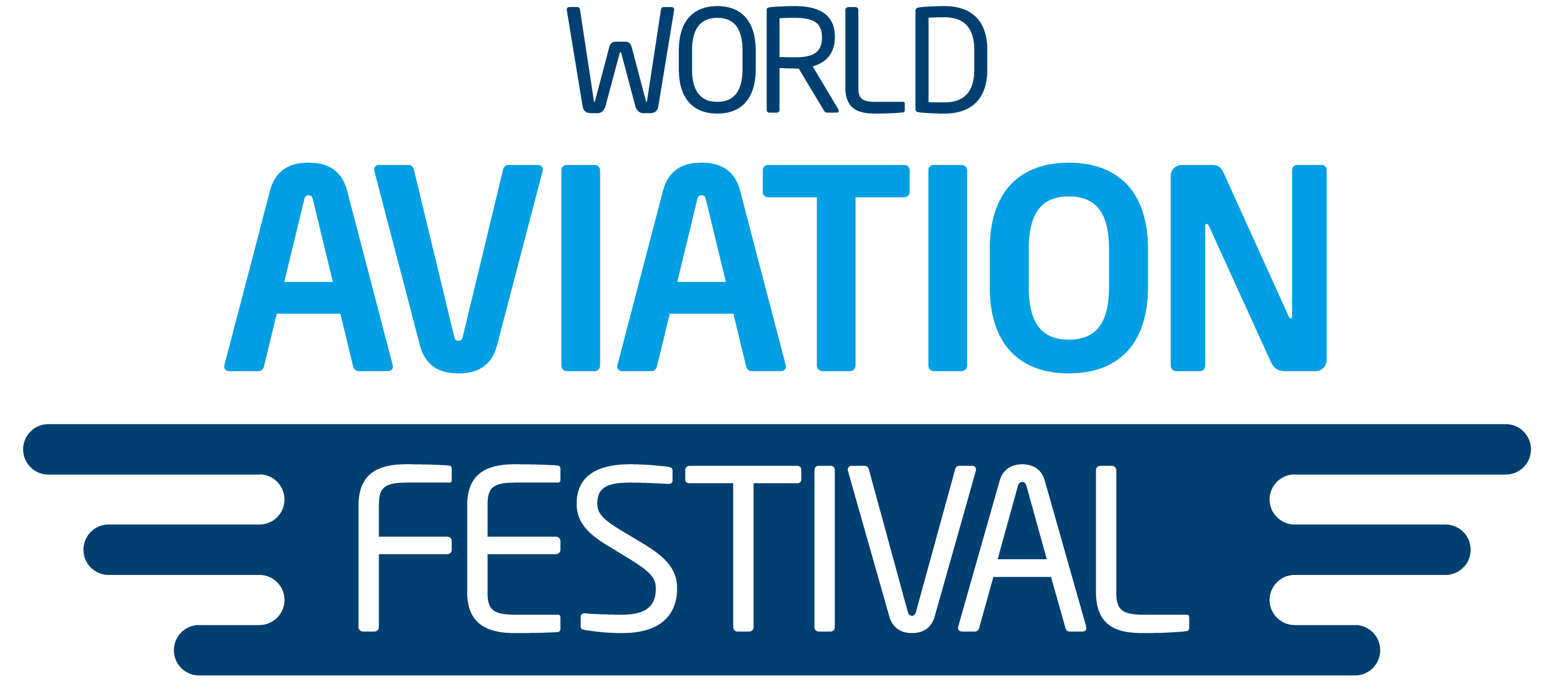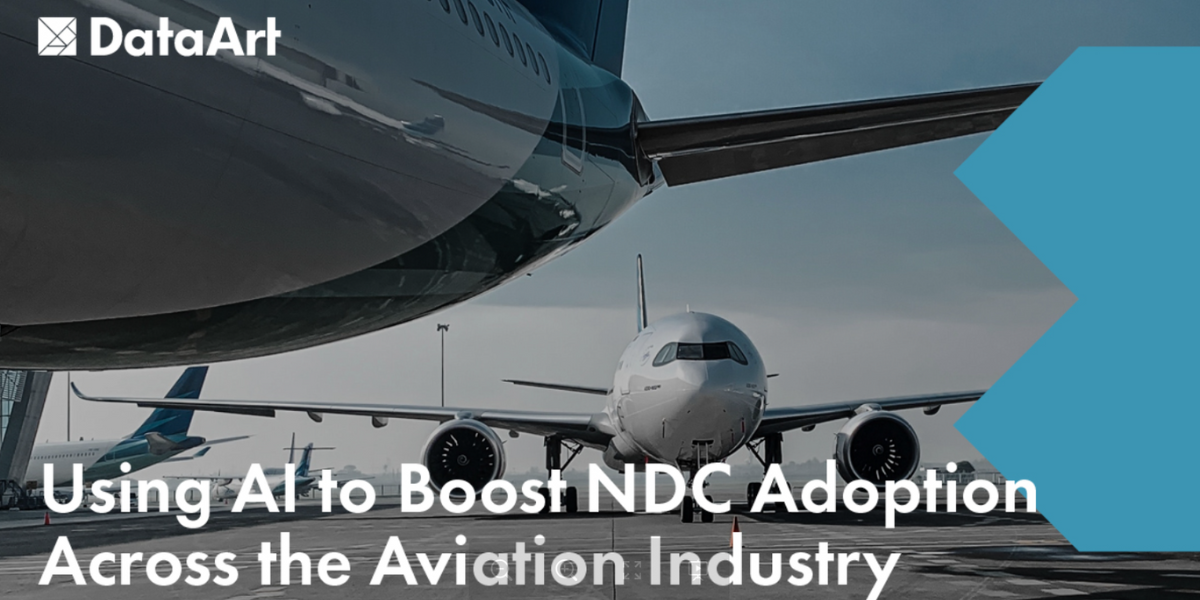Among the numerous technical challenges facing the aviation industry, two stand out as both critical and urgent: the adoption of NDC and the application of AI technology. At the nexus of these we find particularly promising use cases for AI, enabling aviation businesses to adapt to, design and create new NDC capabilities faster and more efficiently. While AI will help organisations lower overhead costs and generate operational efficiency, NDC adoption harnessing new intelligent retailing and offering generation capabilities holds the promise of increased revenue generation and lower distribution costs. The perfect pairing.
One of the first and widely touted uses of AI technology continues to be a low effort – high reward opportunity to lower overhead costs: chatbots. Training an AI chatbot on vetted marketing and sales material creates a reliable lead nurturing tool. Adding a layer of operational and booking data onto that generates a customer service tool that can assist with new bookings, changes to existing bookings, loyalty program management and call handling during IROPS. Chatbots can also be trained to deal with rote employee enquiries that usually land in the HR inbox and drain precious resources that could be applied elsewhere.
While not as headline-grabbing, a more advanced, high effort application carries the potential of even more savings and operational efficiency: AI-powered translation of airline-specific NDC schemas into a standardized version. An otherwise resource-intensive task, this standardization initiative will ease the integration with OTAs and facilitate the adoption of IATA’s NDC framework across the travel industry.
How would it work? Large Language Models (LLM) such as the GPT series, PaLM, LLaMa and Claude are trained on billions of text files, code and data points. With this, a LLM can be tasked to create a blueprint structure based on the industry standard NDC format. Then, with advanced prompt engineering, this LLM can convert an airline’s unique JSON structure into the supported schema, at far greater speed and scale than would have traditionally been accomplished.
A key strength of NDC is the improved ability to personalize and enhance offers, with dynamic pricing and greater inclusion of ancillary products and services such as accommodation, car rentals and attractions all included. Rich content can also be integrated into these offers, giving providers better control over product marketing. However, the collection, parsing and mapping of data needed to produce these personalized offers requires significant upfront investment in, among other things, new tech stacks, changes to workflows, and specialist staff such as business analysts, developers and NDC experts. These are some of the obstacles on the road that hinder progress for airlines on their journey to expose NDC content to the market. AI can offer a way past them and towards the finish line.
How would this work? Once the NDC framework is in place, AI can be layered on top to analyze a multitude of datasets and feed customized offers back into the NDC. AI can connect to internal and external datasets, creating a large sample of previously disconnected datapoints to identify patterns, relationships and correlations. Information like market trends, historical pricing and client preferences can thus all be used to generate personalized and highly dynamic pricing to maximize revenue.
While AI and NDC may seem like an obvious and indeed essential next step in aviation technology, many organisations find themselves at a loss when it comes to leveraging these technologies. The truth is, despite a goal of NDC to drive standardization, while adoption is still in its infancy there remain significant obstacles to both the producers and consumers of NDC APIs due to a lack of standardization and practical experience in this space – coupled with the ongoing shortage of IT talent – makes this a formidable challenge for airlines and the wider aviation sector.
Now, more than ever before, finding a reliable and experienced IT partner who can lead or augment existing in-house teams can make all the difference between successful adoption and pricey failure or delay. We recommend an approach that pairs in-house education with external service contracting. Ensure your team reads up on these technologies, have them attend webinars and in-person events where possible – and don’t dismiss social media channels such as YouTube or Reddit for staying up to date with rapidly developing AI capabilities. At the same time, reach out to software development agencies and start conversations with vendors. You want to find someone who has AI expertise as well as industry-specific knowledge, all while fitting your project requirements. A good partner will also help you make the business case to stakeholders to garner buy-in for budgets and leadership commitment.
Curious about AI use cases in aviation? Contact DataArt at aviation@dataart.com to learn more and to discuss your NDC project. And mark your calendar for September 26 at the World Aviation Festival in Lisbon, and be a part of our panel discussion on ‘Modern Airline Retailing in an Era of ChatGPT, Emerging FinTech, and Flexibility in the Next Normal – What Does It All Mean for the Ongoing Retailing Revolution? ‘
Article by DataArt





